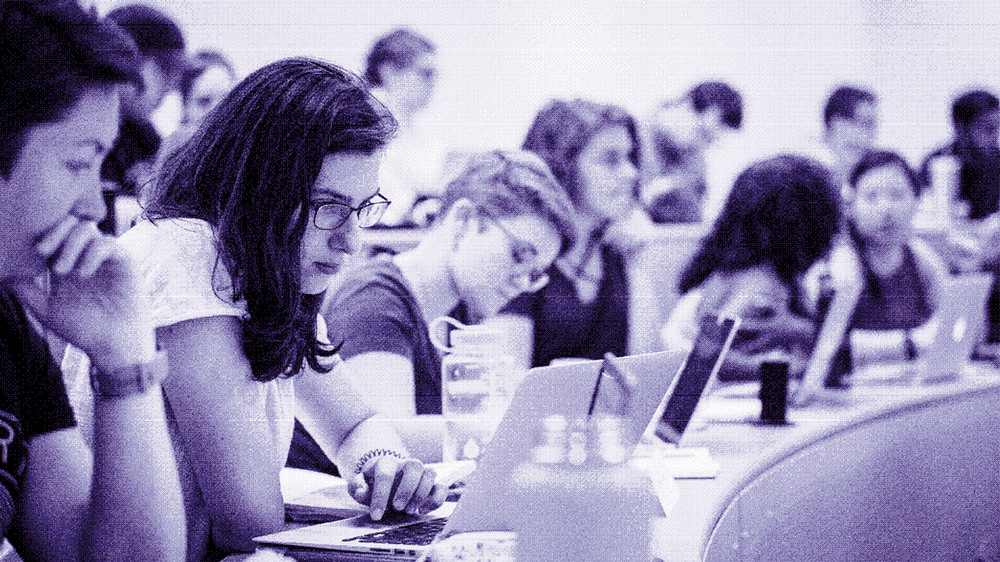
By Sarah C. Baldwin
In 2024, Brandeis University Press published “The Heller Social Impact Case Collection: Reimagining Capitalism Through Case-Based Learning,” edited by Carole Carlson, professor of the practice at the Heller School; Matthew Kriegsman ’11, MBA’20, senior program manager at Amazon Air; and Joel Cutcher-Gershenfeld, the Florence G. Heller Professor at Heller.
In addition to an introduction by Carlson, who previously served as director of Heller’s Social Impact MBA program, the collection comprises 12 teaching cases written by Heller faculty, alumni and students, along with external experts from a wide variety of sectors, including finance, health care, higher education, nongovernmental organizations, social services and transportation.
The world’s two major teaching case repositories — Harvard Business School’s collection and Europe’s Case Centre collection — contain social-impact cases, but they aren’t highlighted as such, Cutcher-Gershenfeld explains. In contrast, “the entire Heller curriculum is all about social impact, with many of our courses using the case method. We are well positioned to assemble a set of teaching cases that lift up ‘social impact’ as a category. We don’t know of any other collection like it.”
Case-based learning helps students connect theory to practice by requiring them to discuss and analyze real-world business scenarios collaboratively, then apply tools and concepts they’ve learned in class. “Three things happen as a result,” says Carlson. “One, the students live the tools, concepts, frameworks and context. Two, they learn what others see that they didn’t see, because different people come at a problem from different perspectives and with different values. And third, in most of the cases we actually know what really happened, so there’s a reveal. We can say, ‘Here’s what they did relative to what you proposed.’”
A further unique feature of the collection is that each case can be tied to one or more of the United Nations’ 17 Sustainable Development Goals (SDGs). For example, one case, which details a social entrepreneur’s founding of a manufacturing company that fosters the economic mobility of its employees, maps to three SDGs: no poverty, gender equality and decent work and economic growth. Another, which explores the merging of two hospitals, connects to the good health and well-being and reduced inequalities goals.
Explaining the book’s subtitle, Cutcher-Gershenfeld says that capitalism has prevailed in many economies but not without considerable social costs: “Rather than seeing this as a zero-sum or fixed pie in which market advances happen at the expense of society, is it possible to rethink how organizations can operate in markets in ways that are both economically successful and socially beneficial? This collection will give students the tools, methods and thinking to make a difference in the world.”
